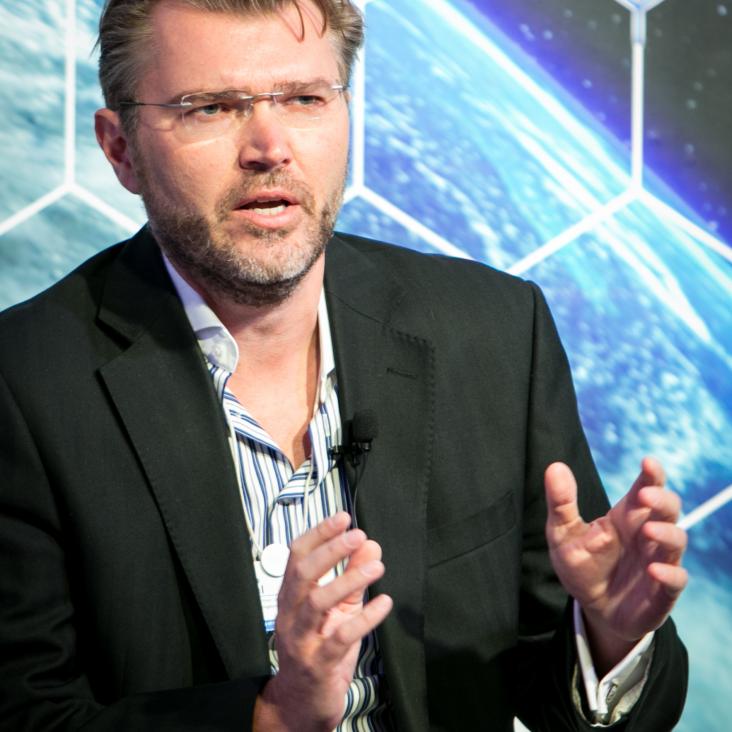Quantum correlation without classical correlations.
Phys Rev Lett 101:7 (2008) 070502
Abstract:
We show that genuine multiparty quantum correlations can exist on its own, without a supporting background of genuine multiparty classical correlations, even in macroscopic systems. Such possibilities can have important implications in the physics of quantum information and phase transitions.Heat capacity as an indicator of entanglement
Physical Review B - Condensed Matter and Materials Physics 78:6 (2008)
Abstract:
We demonstrate that the presence of entanglement in macroscopic bodies (e.g., solids) in thermodynamical equilibrium could be revealed by measuring heat capacity. The idea is that if the system was in a separable state, then for certain Hamiltonians heat capacity would not tend asymptotically to zero as the temperature approaches absolute zero. Since this would contradict the third law of thermodynamics, one concludes that the system must contain entanglement. The separable bounds are obtained by minimalization of the heat capacity over separable states and using its universal low-temperature behavior. Our results open up a possibility to use standard experimental techniques of solid-state physics-namely, heat-capacity measurements-to detect entanglement in macroscopic samples. © 2008 The American Physical Society.Schrödinger's cat meets Einstein's twins: A superposition of different clock times
International Journal of Theoretical Physics 47:8 (2008) 2126-2129
Abstract:
The phenomenon of quantum superposition, which allows a physical system to exist in different states 'simultaneously', is one of the most bizarre notions in physics. Here we illustrate an even more bizarre example of it: a superposed state of a physical system consisting of both an 'older' version and a 'younger' version of that system. This can be accomplished by exploiting the special relativistic effect of time dilation featuring in Einstein's famous twin paradox. © 2007 Springer Science+Business Media, LLC.Enhancing the Detection of Natural Thermal Entanglement with Disorder
(2008)


